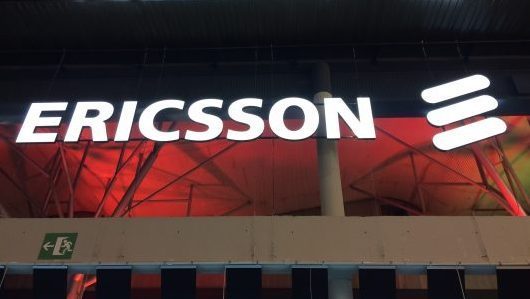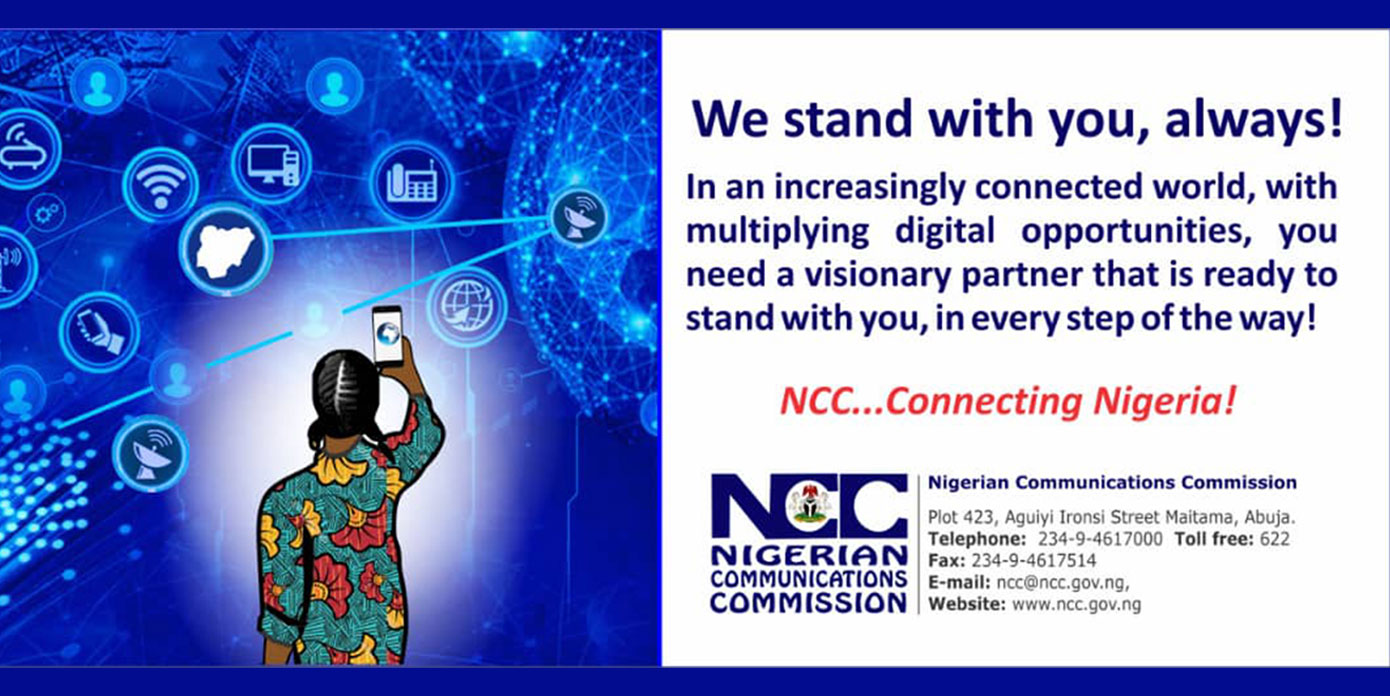
Ericsson attempted to bust some of the most common myths questioning the value of 5G for consumers, releasing the findings of a study which found users are prepared to pay 20 per cent more for next-generation services.
In a report from its Consumer Labs division, the company said it surveyed 35,000 people, including CTOs and CMOs, across 22 countries on the impact of 5G for consumers.
The research was seemingly prompted by four common “myths” around 5G, with the vendor citing statements made by a host of parties, including TM Forum, ZDNet, an operator CTO and The Register.
On the first myth, which questioned the near-term consumer benefits of 5G, Ericsson said it found consumers expect a step change in network performance and video streaming experience, urban network congestion relief and more home broadband choices for consumers.
The second argument presented by Ericsson stated there was no real use case for, or price premium on 5G.
In fact, the vendor said consumers see value in the technology’s use, with most use cases predicted to hit the mainstream within two-to-three years of launch. Some 67 per cent showed willingness to pay for the service, with 20 per cent prepared pay a premium. For early adopters, the figure increases to 32 per cent.
There were caveats, though. Four-in-ten of those willing to pay more told Ericsson they expect new usage options and payment models to accompany the technology, along with security and consistently high data rates.
When it comes to devices, Ericsson said its findings did not match a common perception that smartphones are the only option for 5G. The study found 43 per cent of new iPhone users actually doubt that today’s smartphones are good enough for the technology, while four-in-ten expect foldable screens, holographic projections and 360-degree cameras in future devices.
Half of respondents also think smartphones will exist, but “we will all” be wearing AR smart glasses in the next five years.
Consumers also predicted massive changes in future usage of 5G compared with LTE. Video consumption ranked highly in this regard, with consumers seeking higher resolution and immersive formats including AR and VR to be available. Delivering this could result in three hours more video being watched away from home each week.
Ericsson said 20 per cent of smartphone users could use ten-times more data on 5G by 2025, totalling more than 200GB per month. Source, MWL











